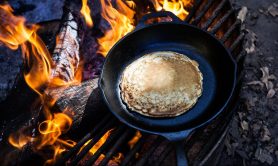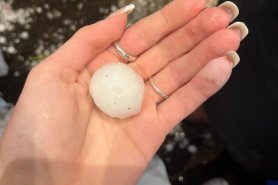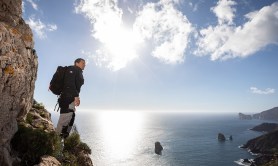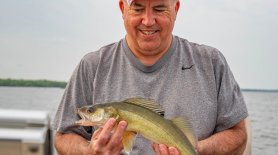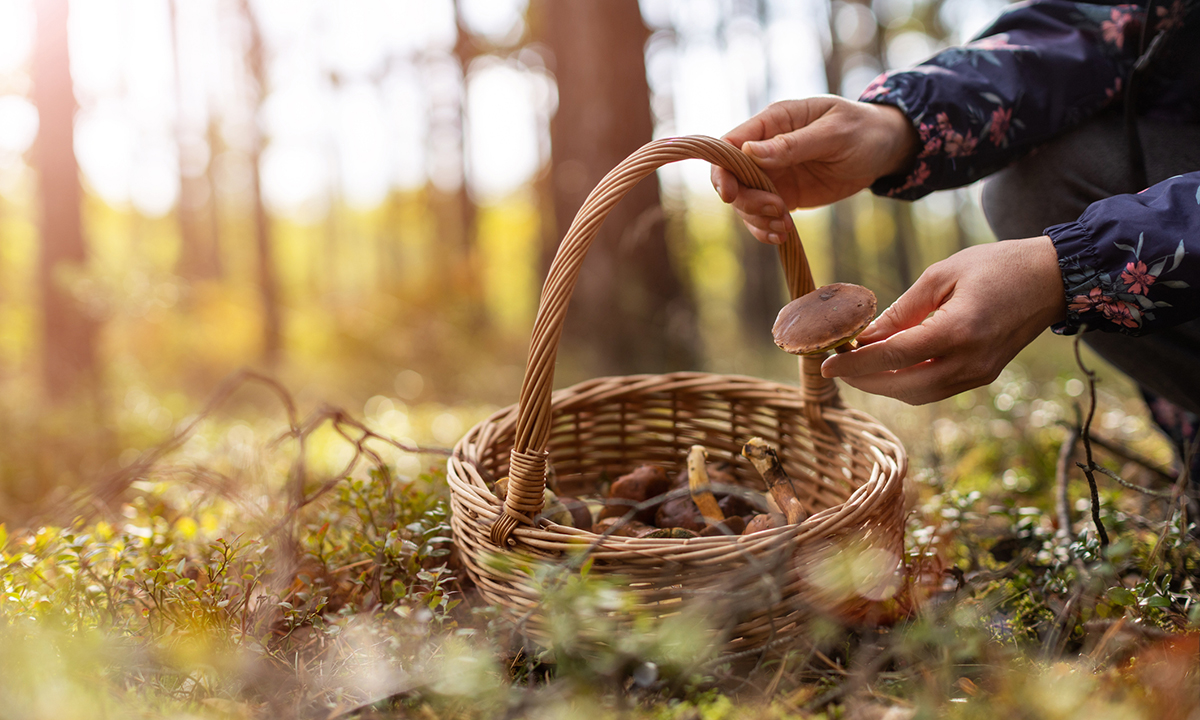

Finding plants to eat in the wild is a good survival skill to have—just ask Bear Grylls. Foraging in the wild can also add some tasty (and free) flavor to your campfire cooking.
Videos by Outdoors with Bear Grylls
“The natural world is an inexhaustible larder of nutrition,” says Bear Grylls in his book Extreme Food. “Even the most unexpected plants can be eaten if you’re really struggling to find food. Ordinary grass, for example, doesn’t taste too bad and it’s full of nutrients. Sometimes in a survival situation, you just have to go with what you’ve got.”
Here are some tips from the survivalist on foraging plants in the wild.
Disclaimer: Foraging for wild plants is not for beginners. Never eat anything you are unsure about. Many plants are poisonous and can be deadly. Take caution and do your research before foraging and consuming anything foraged in the wild.
Know How to Identify Dangerous Plants
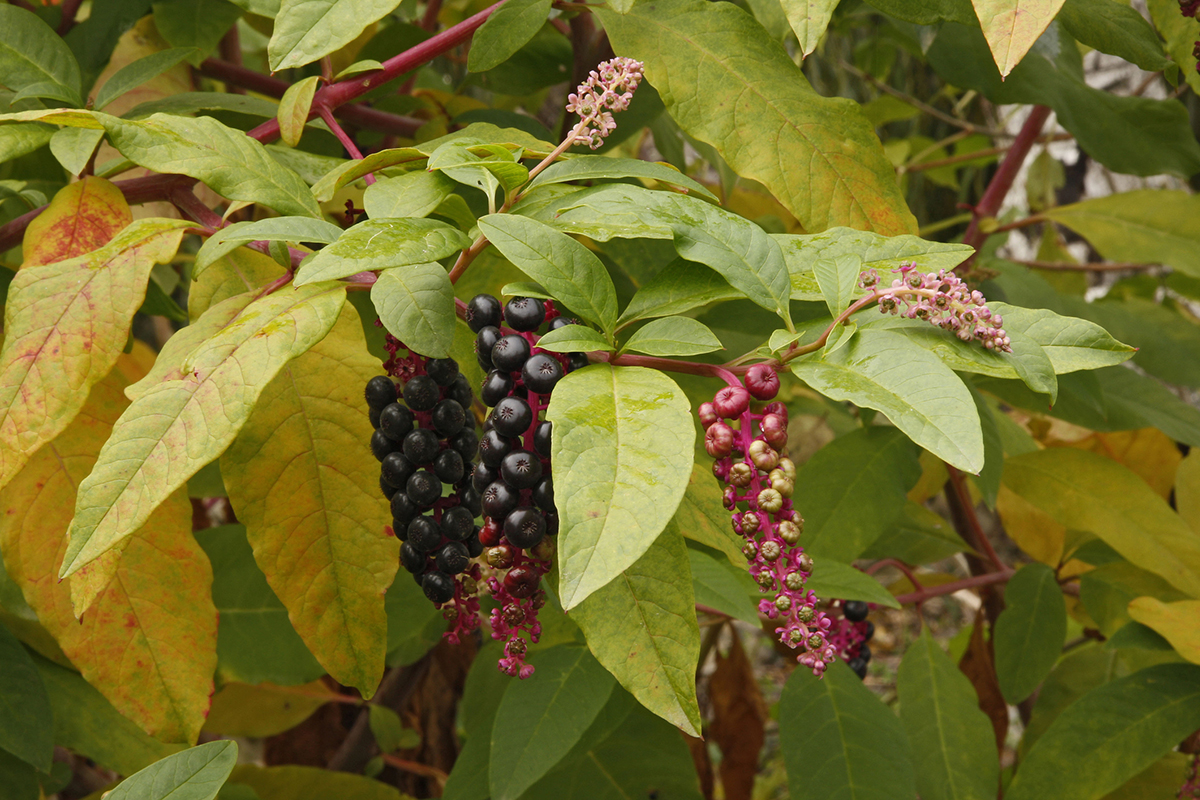
The secrets of foraging are to know where to look and also knowing how to identify plants that are not poisonous or toxic.
While nature does have an infinite larder, as Bear says, you have to make sure that you know and are able to identify which plants and berries could actually kill you.
For example, even with berries, you can’t get it wrong. The deadly nightshade’s berries are round, black, and shiny, which can be tempting, because they can look a bit like cherries, but they are highly poisonous and can be fatal, even if eaten in small doses.
Take Your Time
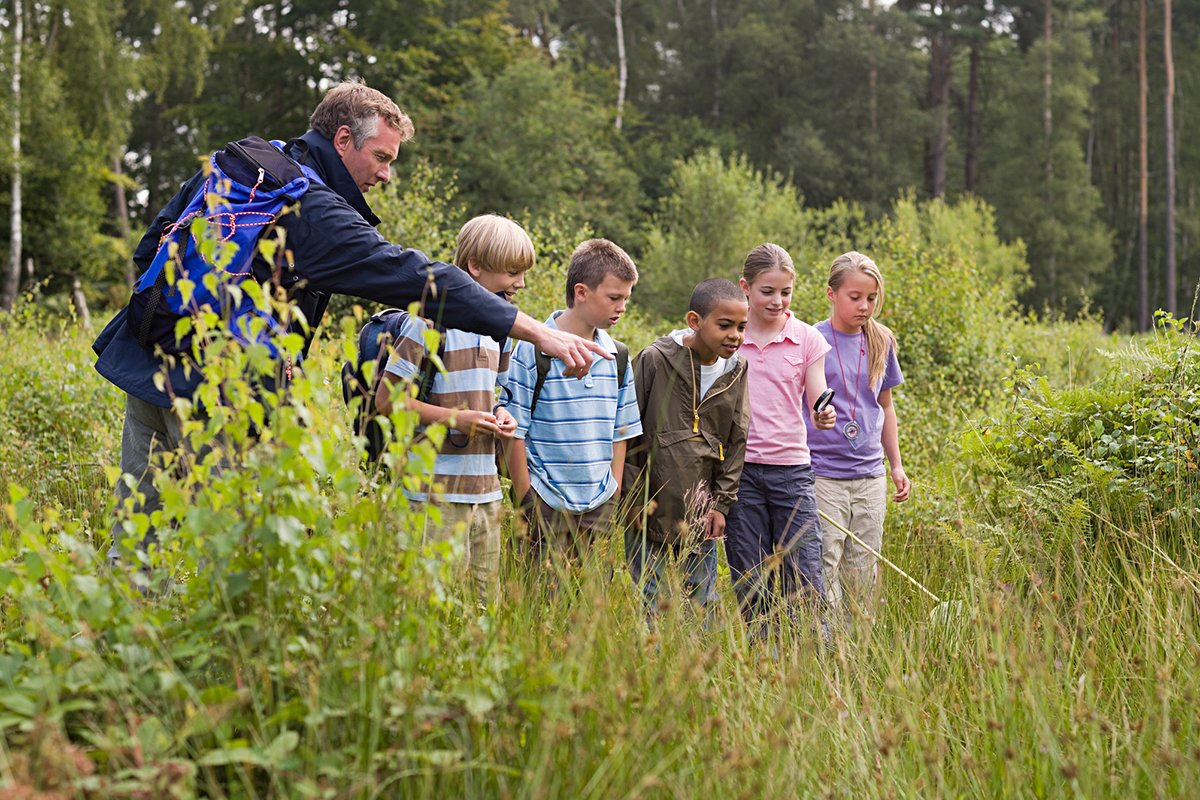
“Foraging for edible plants is a good example of a skill you can learn wherever you are and whenever you want, and which could very well save your skin at some point in the future,” says Bear.
The best time to learn these skills is when you have time to be meticulous and thoughtful, rather than in an emergency when your survival depends on it. Consult a few different sources or go out with some expert foragers to build up your experience.
It can take years to learn this knowledge, so take it slowly rather than expecting to learn everything overnight.
4 Golden Rules of Foraging
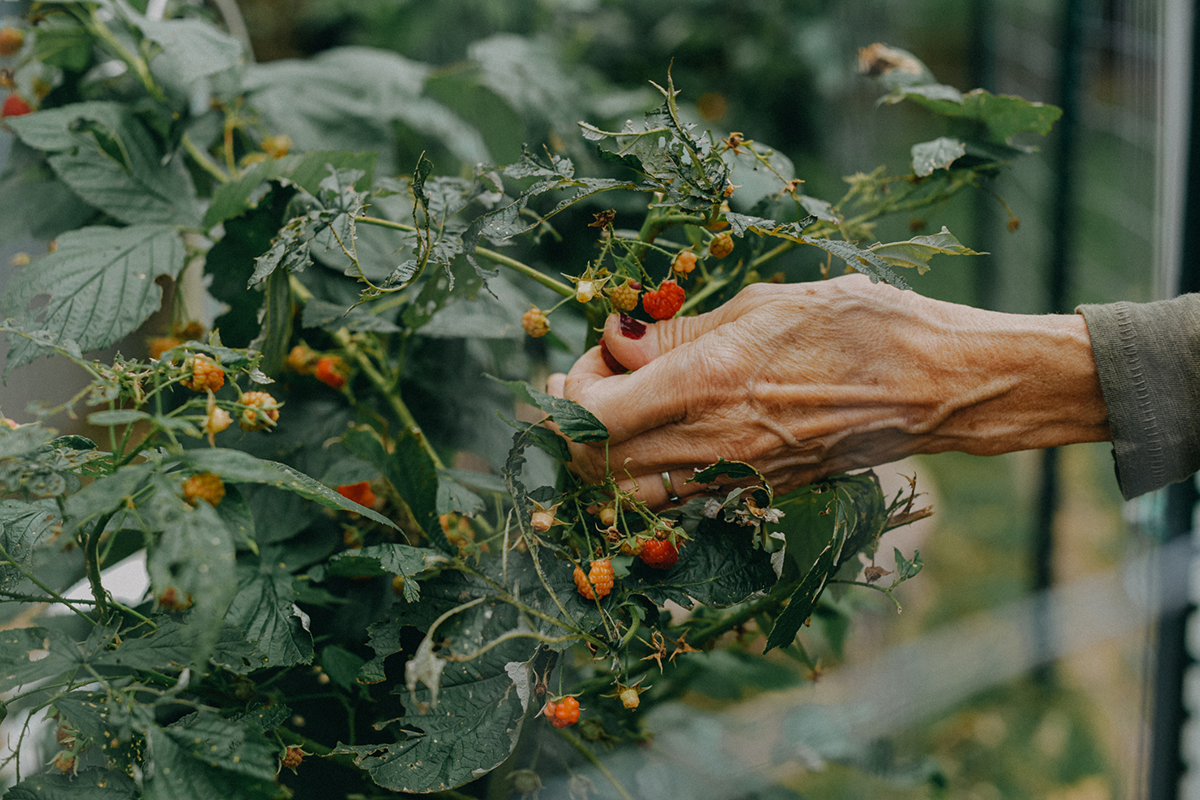
In Extreme Food, Bear gives some of his golden rules for foraging:
- When you are new to foraging, start out by choosing plants that you can easily recognize and that are not easily confused with poisonous ones.
- Make sure to use a few different sources to identify the plant—using books and online resources or, better still, go foraging with someone who knows the different plants.
- Always wash your plants in clean water before you eat them. Avoid eating polluted plants (for example, those that are growing near busy roads or where dogs or other animals may have defecated on them).
- Take only what you need, so that what you are doing is sustainable.


